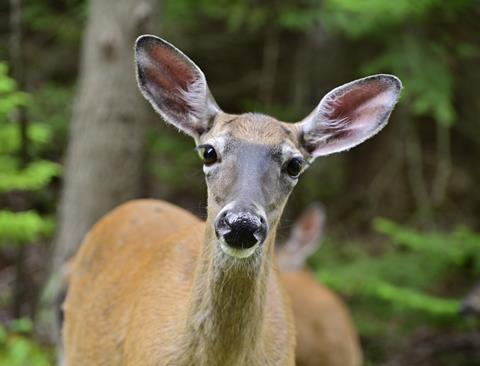The medical and socio-economic impact of the Covid-19 pandemic sparked a spectacular number of research articles, causing a tremendous increase in knowledge of coronaviruses.

Learning the lessons of the current pandemic is crucial for achieving a better pandemic preparedness for the future. The occurrence of repeated viral epidemics (Covid-19 after SARS and MERS, to mention just coronaviruses) makes it likely that we will soon be confronted with a new challenge from the viral world.
Missed opportunities
But despite all this research, there have been some missed opportunities. A critical knowledge gap for future mitigation strategies against viral pandemics is that we still ignore the origin of the SARS-CoV-2 virus.
Most epidemiological data point to a viral spill-over at the Huanan food market in Wuhan. Early cases were physically or geographically associated with this wet food market, particularly those parts selling live animals.
Some scientists maintain that a viral escape from the Wuhan Institute of Virology (WIV) should be considered as an alternative hypothesis. This debate has so far created more political heat than scientific light in form of data.
Why it matters
A distinction would matter: If a laboratory escape was at the origin of the pandemic - and so far no published evidence substantiates this hypothesis - stricter safety measures should be imposed when working with viruses from critical wild animal species such as bats. This could include tighter physical barriers in safety laboratories without, however, hampering scientific work, but could also consist of regular tests for serum viral antibodies in researchers handling animal viruses.
And if the food market were the source, political authorities should control the trading, smuggling and selling of live wild animals. Closing wet markets altogether might be counterproductive since it could push these substantial economic activities underground. Tight control might be a better option, since such markets can also serve as sentinels and early warning systems.
Unfortunately, now in the third year of the Covid-19 pandemic, we still do not know whether the virus originated in animals, what animals are the viral reservoir (bats?), and what are the intermediate hosts (pangolins? raccoon dogs?).
Live animals culled
Sadly, any live animals sold at the Huanan market were culled in early January 2020 without sampling. Local authorities initially discouraged the early reporting of cases; no activity report on the WIV was published.
After the rapid initial spread of the virus in the human population and due to a broad host range of SARS-CoV-2, the virus has now spread into wild (white tailed deer) and farmed animals (mink), making the identification of a viral reservoir species a difficult if not impossible task.
In fact, there might even be no single viral reservoir - genomic data indicate that SARS-CoV-2 could be the result of natural recombination between coronaviruses from different animal species (genetic engineering is highly unlikely). Phylogenetic analysis of early viral genomes indicates only one or two spill-over events and a short silent spread in the human population over few months before developing into an epidemic, leaving only a short time window for early warning systems.
Increased animal encounters
Computer models suggest that climate change and the loss of natural habitats will lead to increased encounters of animals which have never met in the past, favouring exchanges of their viruses. The transmission of animal viruses to humans living and working close to disturbed habitats will thus increase.
What are possible control measures? The One Health concept with an integrated environmental, veterinary and human health approach could heighten attention to viral diseases in wild animals in disturbed environments. Virome studies in animals representing the usual suspects such as bats and water fowl (for influenza viruses) should complement these studies.
Wastewater surveillance could reveal animal viruses that have crossed into the human population. Since not all virus infections result in human pathology (e.g. Alleloviruses), we need criteria for viruses that are associated with human pathology and the potential for efficient human-to-human transmission.
Sentinel studies in human populations living close to the animal-human interface who are hospitalized with fever of unknown origin are a further priority. Such coordinated efforts need substantial financial support and therefore intensive lobbying. Failing to do so means that we risk to soon repeat the experience of pandemics such as the Spanish flu, AIDS and Covid-19 that struck humanity in just 100 years.
This opinion piece is based on the paper ’Viral infections at the animal-human interface - learning lessons from the SARS-CoV-2 pandemic’, which has been published by Microbial Biotechnology, an Applied Microbiology International publication.
The author worked as virologist at the Nestlé Research Center at Lausanne/ Switzerland, has written a book (’The Quest for Food’, Springer), served on the editorial boards of several ASM journals, is editor of Microbial Biotechnology and guest scientist at KU Leuven.











No comments yet